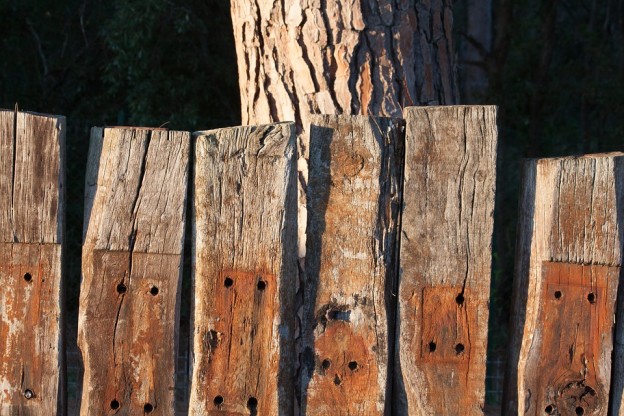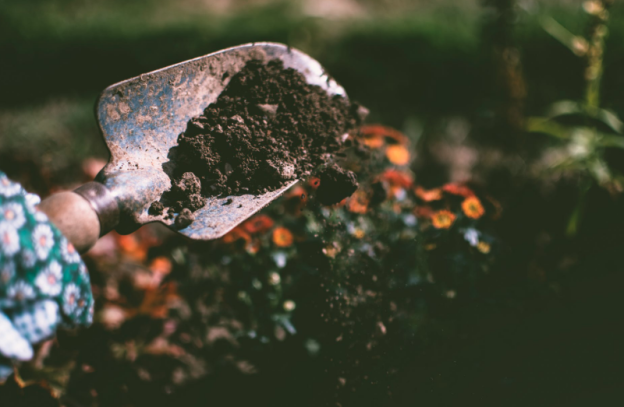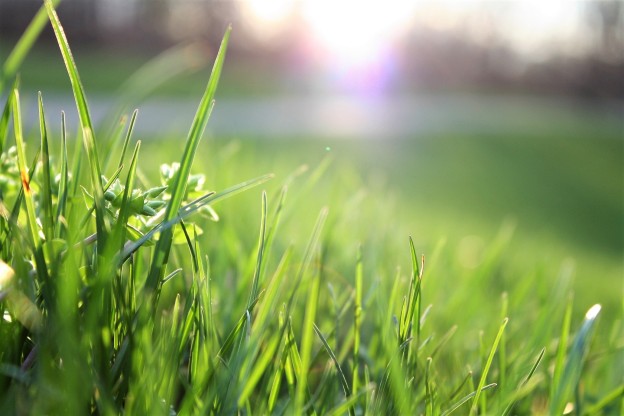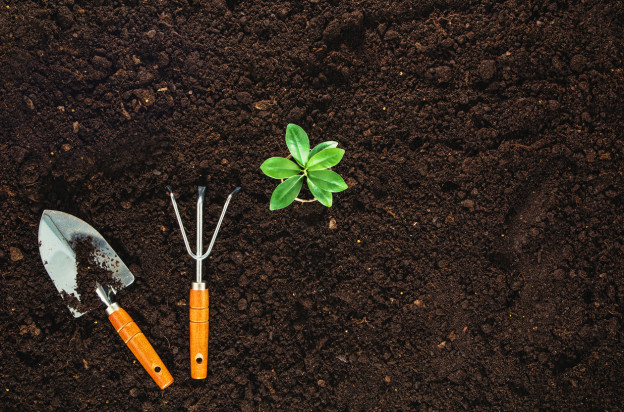With the weather getting warmer and spring plants beginning to emerge in all their glorious colours, there has never been a better time to get your garden organised. Prepare your garden now, so that when the sun comes out for real, all you’ve got to do is grab a great book, pull up a chair and enjoy!
Getting your garden organised not only means tidying up your plants, wiping down furniture and potting new blooms, it’s also about tackling the dreaded garden shed, and making it a practical and useful space that will make keeping on top of your gardening tasks so much easier.
We’ve all been guilty of letting our garden sheds become a dumping ground for anything that doesn’t ‘belong’ indoors. Quickly what was once the perfect place to access all your garden-related tools becomes stuffed to the rafters with things you don’t use or need, making it impossible to locate anything with ease.
So what can you do to put an end to the clutter, and get your garden shed in tip-top shape for summer? Try the following:
Put up some racks and shelves
Getting your garden shed sorted is all about making the most of your space. By putting up racks on the walls you can immediately hang gardening tools such as rakes and spades for easy access, and shelving can make room for pots, seeds, and tools that you can get to without doing yourself an injury!
Consider what you need to access most frequently
Before you decide where everything should go, it’s sensible to think about those items that you need to access all the time, compared with those that you use far less frequently. Make life easier for yourself by putting those much-used items nearer the front of the shed or in places you can grab them without having to wade through or stretch over other things to get to them.
Invest in some clever storage
Storage is crucial and thinking about the kind of storage you need to make the best use of your shed will help to ensure it stays ordered. Have a place for everything and sort items into different drawers, boxes or storage units to ensure that everything is kept separately and therefore reduce the risk of getting it all muddled and cluttered again.
Get labelling!
Once you have separated items into different storage compartments, you should label them clearly so that it’s easy to know where everything is. Perhaps more importantly, you’ll know where to put items back once you’ve used them too!
Use the entire height of the shed
Remember, it’s not only the walls you can hang things from but the ceiling too. Why not free up some space by investing in some vertical bike storage? You can keep your bikes dry, get to them quickly, but keep them from taking up too much room at the same time – it’s a no brainer!
By following the above tips, you can make sure that your garden shed is a neat, tidy and useful space that will mean you can access all your gardening tools and equipment without any hassle.
At Bury Hill, we offer a range of gardening and landscape supplies to make your garden looks great, from top-quality soil to lawn turf, woodchip and decorative stone we’ve got all the supplies you need to reshape your garden our outside area into an attractive and relaxing space, however big or small!









